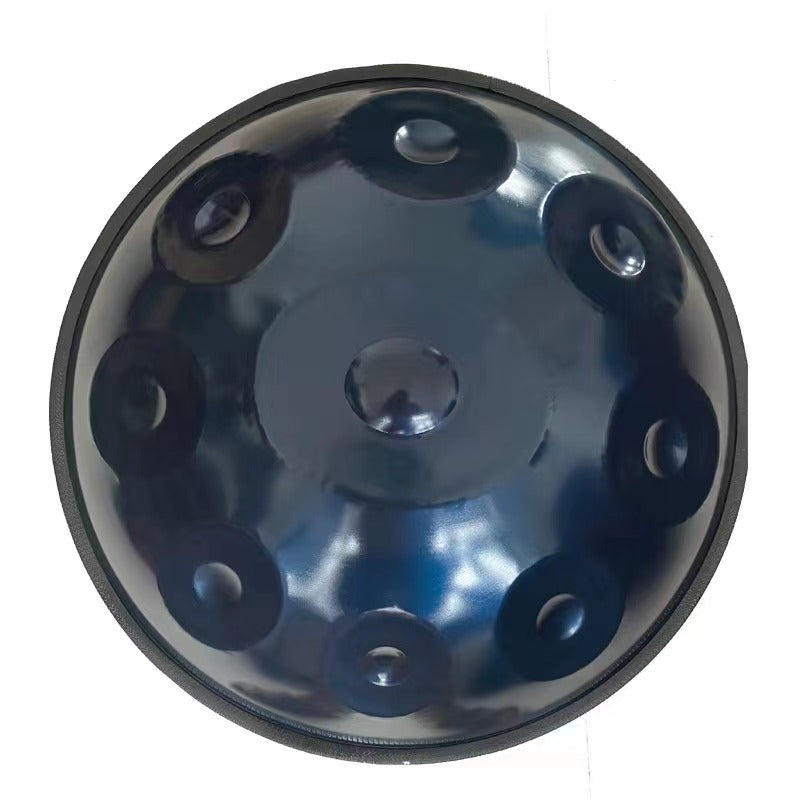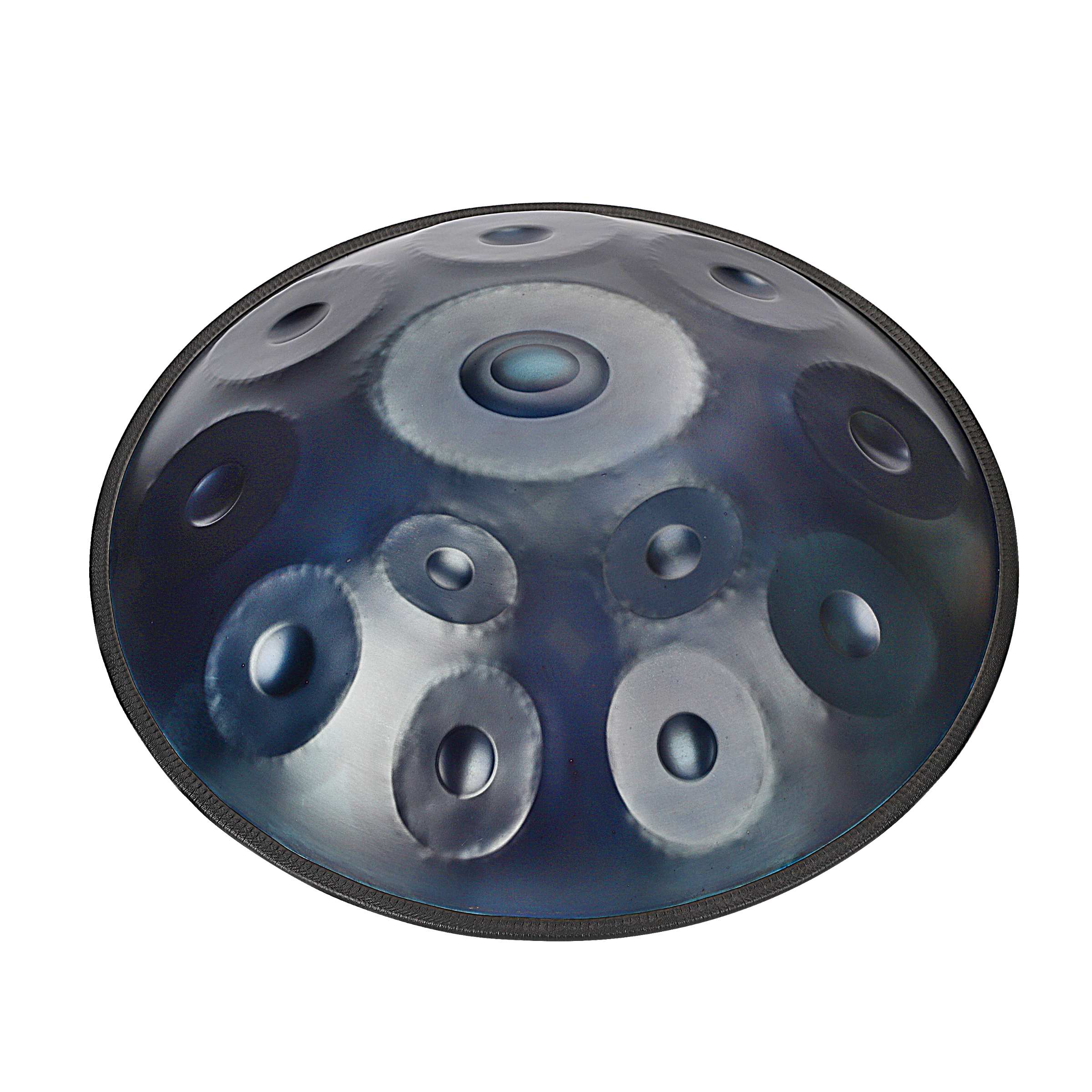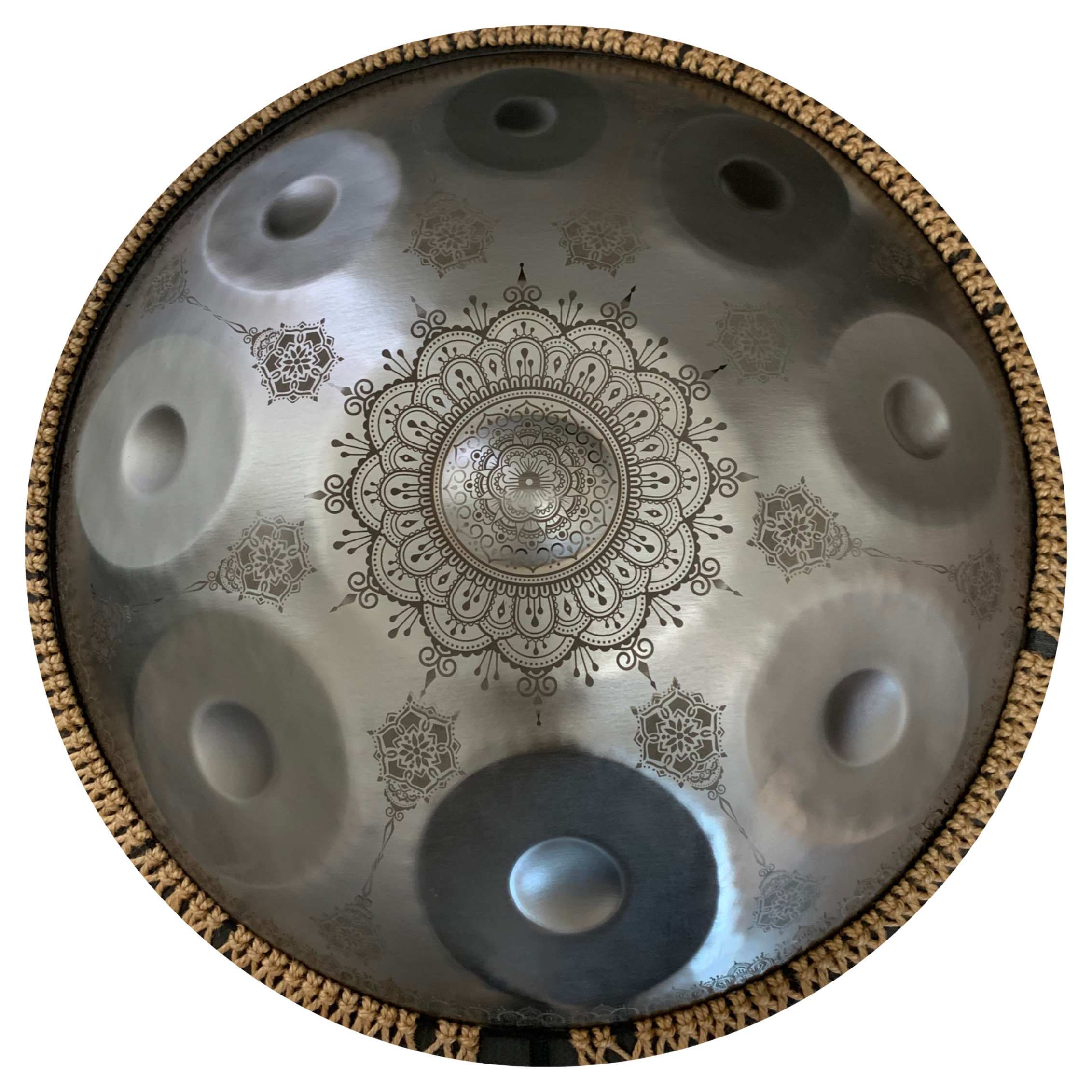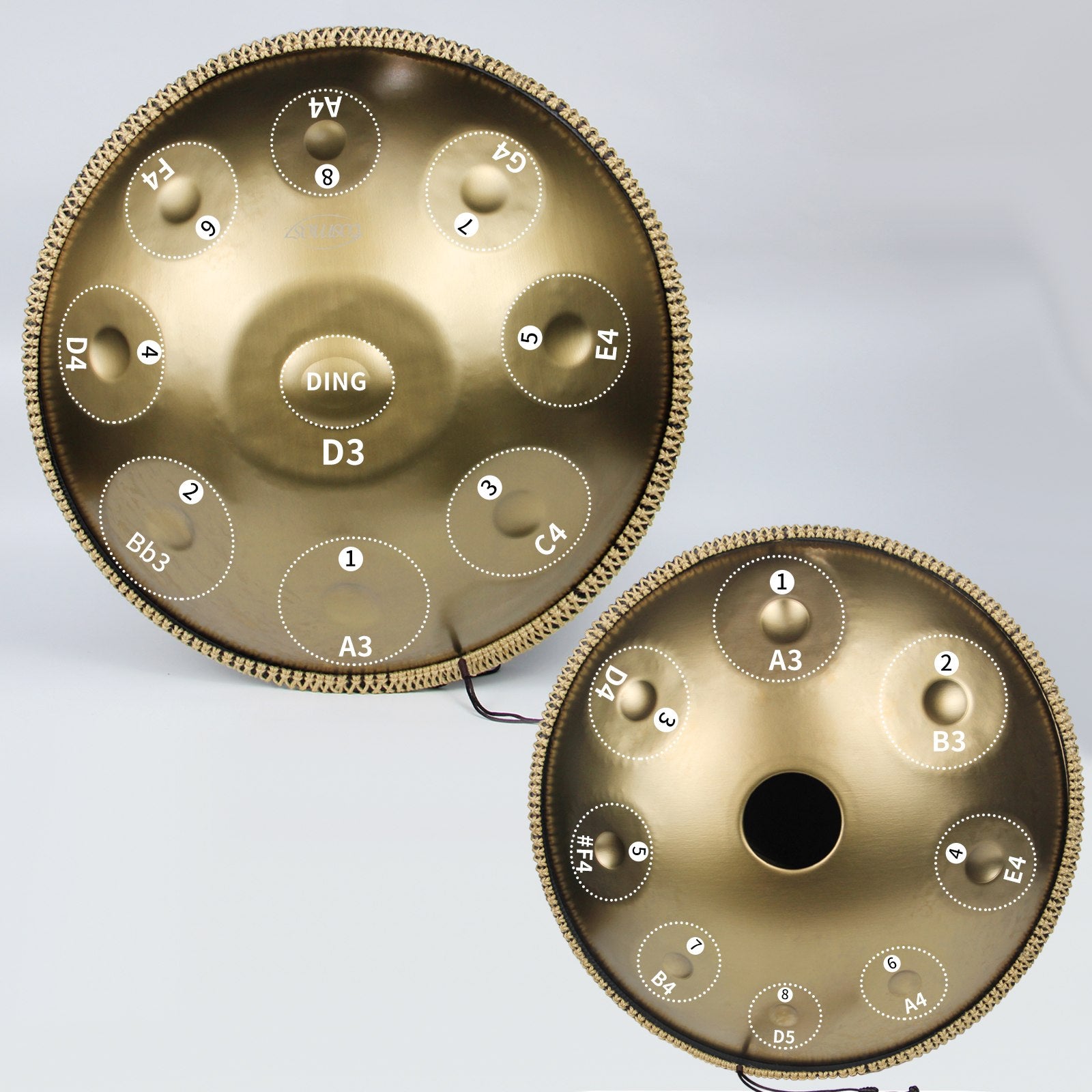Le handpan, avec ses mélodies envoûtantes et son son éthéré, a conquis le cœur de nombreux passionnés de musique. Les musiciens en herbe se demandent souvent : est-ce que l'apprentissage du handpan est facile pour les débutants ? Dans ce guide, nous explorerons le parcours d'apprentissage de cet instrument captivant et fournirons des conseils pour ceux qui commencent tout juste leur aventure avec le handpan.
L'attrait du handpan
Avant de plonger dans le processus d'apprentissage, il est essentiel de comprendre pourquoi le handpan est si attrayant pour les débutants et les musiciens expérimentés :
1. Gratification Musicale Immédiate
L'une des caractéristiques les plus séduisantes du handpan est sa gratification musicale immédiate. Contrairement à de nombreux instruments traditionnels qui nécessitent des mois de pratique pour produire une mélodie reconnaissable, les débutants peuvent créer des sons beaux et harmonieux avec le handpan dès le premier jour.
2. Connaissances musicales minimales requises
Le design du handpan permet un jeu intuitif et accessible, le rendant adapté aux débutants avec peu ou pas de formation musicale. Bien qu'une certaine connaissance de la théorie musicale puisse améliorer votre expérience, ce n'est pas une condition préalable pour commencer à jouer du handpan.
3. Qualités Méditatives et Thérapeutiques
De nombreux débutants sont attirés par le handpan en raison de ses qualités méditatives et thérapeutiques. Jouer de cet instrument peut être une expérience apaisante et relaxante, ce qui en fait un excellent choix pour ceux qui recherchent la détente et la pleine conscience.
4. Créativité et expressivité
Le handpan offre amplement de place pour la créativité et l'expressivité. En tant que débutant, vous découvrirez rapidement votre style unique et la capacité de transmettre vos émotions à travers les mélodies captivantes de l'instrument.
Défis d'apprentissage pour les débutants
Bien que le handpan offre une entrée relativement facile dans le monde de la musique, il existe encore des défis que les débutants peuvent rencontrer :
1. Coordination des mains
Coordonner vos mains pour produire des mélodies harmonieuses peut prendre du temps et de la pratique. Les débutants peuvent initialement avoir des difficultés avec la coordination des mains, mais peuvent s'améliorer avec une pratique et une dévotion constantes.
2. Familiarité avec l'échelle
Comprendre et maîtriser les différentes gammes peut être un défi pour les débutants. Cependant, avec de la patience et des conseils, vous pouvez devenir compétent dans le jeu de diverses gammes qui correspondent à vos préférences musicales.
3. Compétences rythmiques
Développer des compétences rythmiques, surtout en jouant aux côtés d'autres instruments ou musiciens, peut nécessiter un effort supplémentaire. Cependant, les joueurs de handpan peuvent commencer par des rythmes simples et progresser progressivement vers des motifs plus complexes.
Conseils pour apprendre le Handpan en tant que débutant
Si vous envisagez d'apprendre le handpan en tant que débutant, voici quelques conseils pour vous aider dans votre parcours :
1. Trouvez un instructeur qualifié
Envisagez de prendre des cours avec un instructeur de handpan expérimenté qui peut vous fournir des conseils, corriger votre technique et vous donner des informations précieuses adaptées à votre niveau de compétence.
2. Pratiquez régulièrement
La pratique régulière est la clé pour maîtriser le handpan. Réservez du temps chaque jour pour pratiquer, même si ce n'est que pour un court moment.
3. Explorer les ressources en ligne
Il existe de nombreux tutoriels en ligne, partitions et forums communautaires disponibles pour les passionnés de handpan. Ces ressources peuvent être inestimables pour les débutants à la recherche de conseils et de soutien.
4. Acceptez le processus d'apprentissage
N'oubliez pas que l'apprentissage de tout instrument prend du temps et de la patience. Acceptez le processus d'apprentissage, profitez du voyage et célébrez vos progrès en cours de route.
Conclusion
Apprendre le handpan est-il facile pour les débutants ? Bien qu'il présente des défis uniques, le handpan offre une expérience musicale accessible et gratifiante qui peut être appréciée par des musiciens de tous niveaux. Avec de la dévotion, de la pratique et un amour pour la musique, les débutants peuvent trouver de la joie et de l'épanouissement en jouant du handpan et en créant leurs mélodies envoûtantes.
Si vous envisagez de vous mettre au handpan, lancez-vous et commencez votre voyage musical. Vous découvrirez peut-être que l'expérience est non seulement agréable mais aussi profondément enrichissante.







